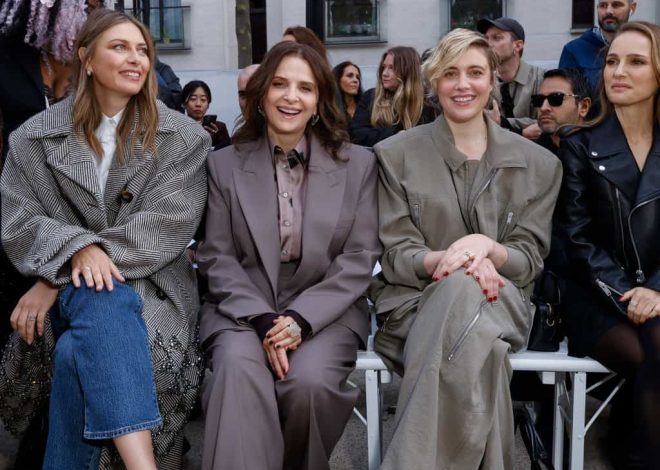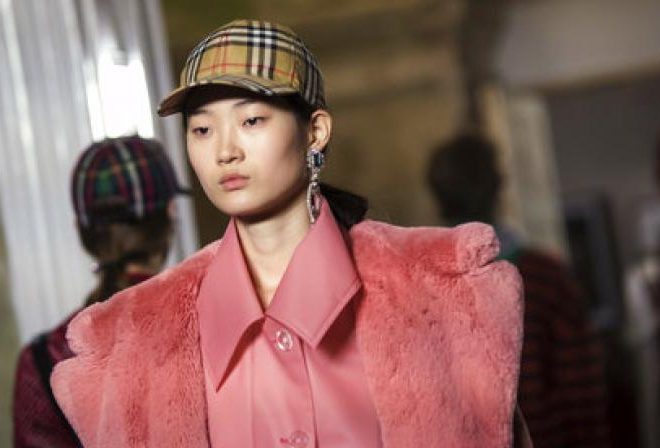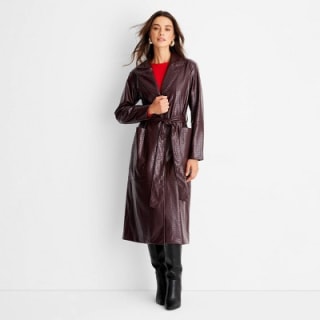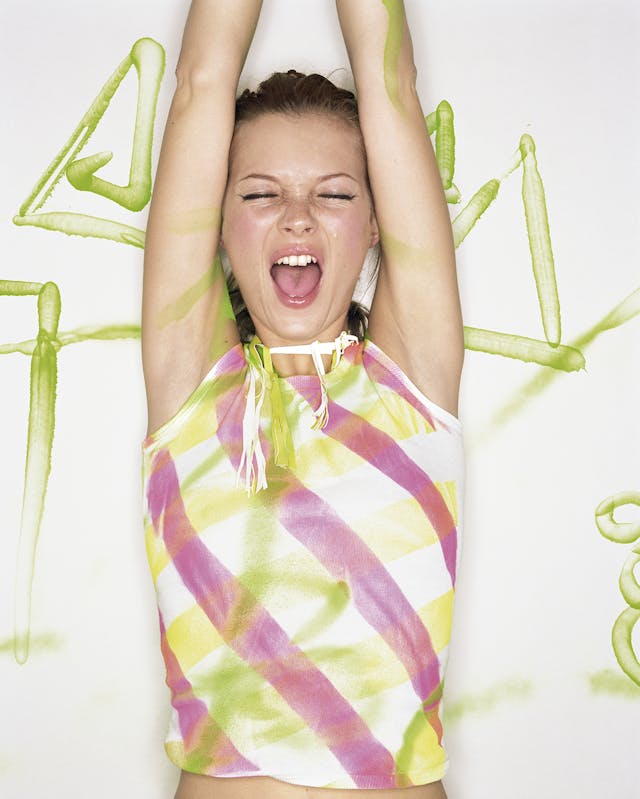
Rankin on photographing fashion icons Kate Moss and Vivienne Westwood
As part of The Drum’s Fashion & Beauty Focus, the Glasgow-born photographer breaks down exactly what went down on some of the most infamous shoots that have gone on to define a decades-long career.
In 1991, Rankin and fellow London College of Printing student Jefferson Hack launched the magazine Dazed & Confused. What started as a black-and-white folded poster quickly evolved into a vibrant, full-color zine that merged cutting-edge fashion and culture.
Teaming up with stylist Katie Grand, Rankin captured the essence of the decade, showcasing it in the pages of Dazed and creating some of his most iconic work.
Powered by AI
Explore frequently asked questions
During the 90s and early noughties, he photographed supermodel Kate Moss, music legends David Bowie and Björk, fashion icon Vivienne Westwood and many others. His bold, unapologetic images not only shaped fashion and visual culture but also left a lasting impact on the industry.
But what truly went down on these legendary shoots? Here, the photographer takes us behind the lens, offering an exclusive look at the stories behind his most unforgettable images.
Spray Paint Kate, Dazed & Confused, 1998
“Kate has this ability to be what you want her to be while being herself,” Rankin says. “Back then, if you could make her laugh, then she had a good day. She has this kind of laissez-faire attitude towards everything while also being incredibly stylish herself.”
For this shoot, Rankin envisioned Moss as a “canvas,” which inspired the idea of spray paint. It was the only time he ventured into something conceptual with her. The creative team included makeup artist Charlotte Tilbury, hair stylists Malcolm Edwards and Katy Grand, with fashion designer Giles Deacon also on set.
“It’s hard to take a photo of her that’s not special. She never seemed to take it too seriously, but then at the same time she was really serious about it,” says the photographer.
“She’s a very unusual person because of that. I don’t know anyone who doesn’t like her and that’s weird in this business. Anyone else in the industry, including me, there’ll be the people that hate them and love them.”
Rankin explains that the idea of turning Moss into a canvas reflected the kind of work he was producing at the time. He likens capturing her image to “dancing,” noting that Moss has an unspoken instinct for understanding what photographers want from their shots.
Advertisement
Vivienne Westwood, Pop magazine, 2003
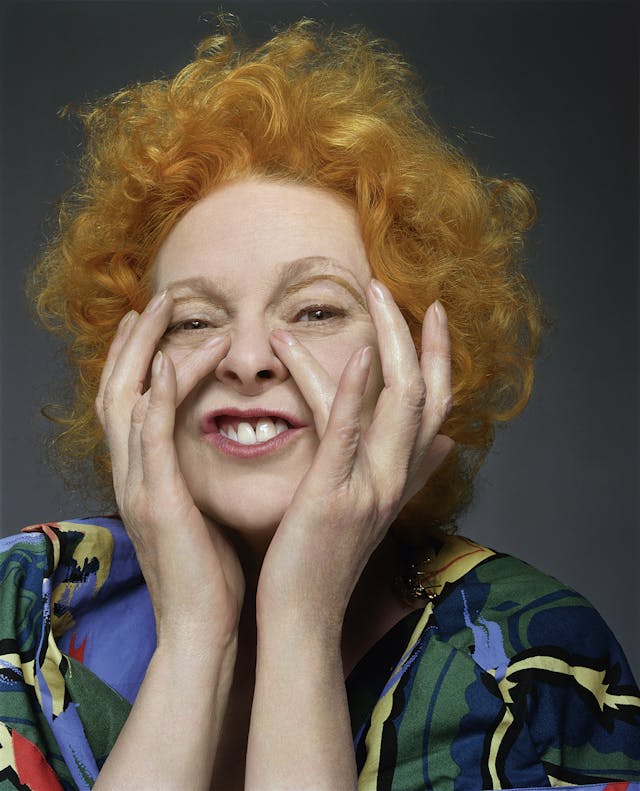
“In a way, Jefferson and I set up Dazed & Confused because of Westwood, McLaren and Andy Warhol, really. She [Westwood] was always a beacon, so funny and forthright,” explains Rankin.
“That picture of her became a bit of a classic because she wasn’t into fashion at that moment; she was interested in breaking down culture and challenging societal norms. She was politically motivated. I photographed that person, not the fashion designer.”
It was shot in the Dazed office on Old Street in London one evening and was the first time Rankin had met Westwood. He describes her as “direct” and “very Scottish in a way,” not just because of her love of tartan but her punk attitude.
Her punchiness surprised the photographer. Straight away, Westwood was quizzing him on his political views, which Rankin loved. “I found her to be childlike, you know, quite inquisitive.”
Advertisement
Björk, Dazed & Confused, 1995
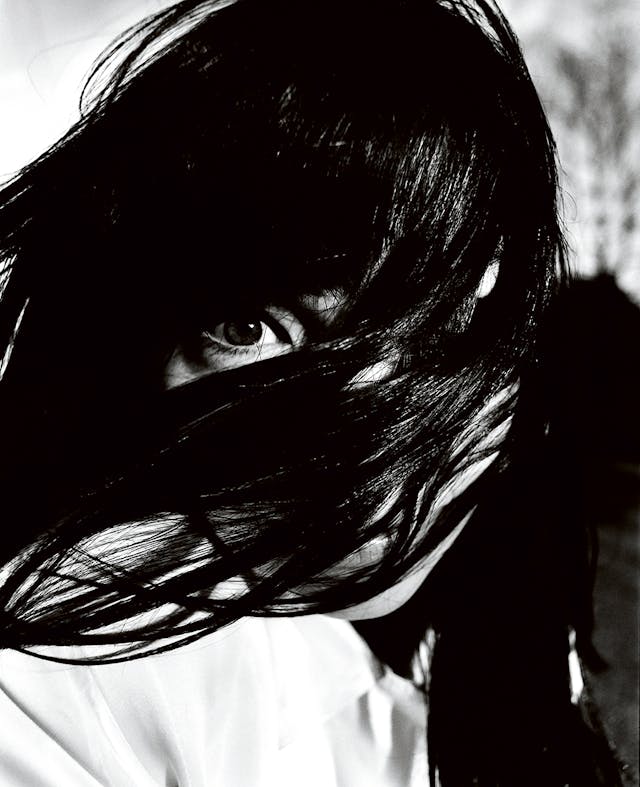
For issue 16, Dazed & Confused had a guest editor for the first time when Paul Smith took the reins. Rankin was sent to America to photograph Björk during her tour. However, on the way, he lost all his money and credit cards, forcing him to beg and borrow from her tour manager just to get by.
“Björk was very unafraid of being photographed and being experimental, being herself. She was the first famous person to book me as a photographer. I owe a lot to her.”
The famed black-and-white image of the Icelandic singer was captured outside her hotel in upstate New York. Rankin set up around 50 shots, determined to get it right.
“We were on the street and it was just me and her, which was very unusual; we couldn’t afford to send an assistant with me, so it’s just me and her.”
He explains that he was trying to hold a reflector on his own and take the picture, but that Björk was always game for trying things and really good fun.
“I remember her on one of those big American streets; she just sat in the middle of it. She was brilliant at posing and the wind hit her hair and it went across her face. Most people would move it but she didn’t because she knew that that would create a great photo.”
Rankin recalls pressing the shutter, feeling that the outcome could either be a stunning capture or a complete flop, but he remained optimistic. He emphasizes that the essence of great photography lies in collaboration and the subject’s trust in the process.
The result was a strikingly natural and unposed Björk, with one eye peeking out from behind her unkempt black hair on the magazine’s front cover.
Suggested newsletters for you
Daily Briefing
Daily
Catch up on the most important stories of the day, curated by our editorial team.
Ads of the Week
Wednesday
See the best ads of the last week – all in one place.
The Drum Insider
Once a month
Learn how to pitch to our editors and get published on The Drum.
David Bowie, Bowie Grinning, 1995
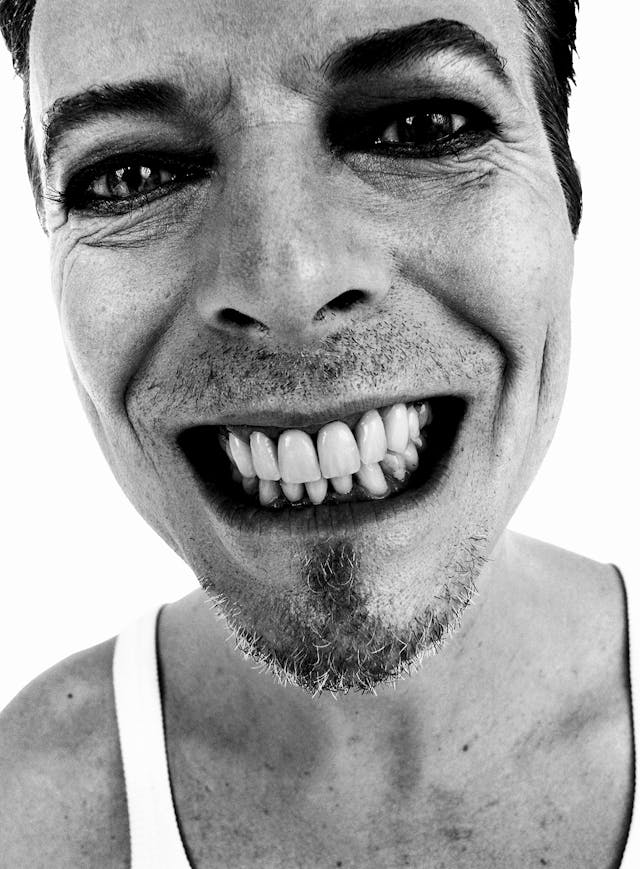
“Bowie was the exact opposite of what I thought he was going to be like,” says Rankin. “I thought he would be cold and off-hand, considered, but he was like a Tiger. Came in full of excitement.”
This shoot marked Rankin’s second time in LA. He remembers it vividly. After getting a taxi to the photoshoot location at Smashbox Studios, the photographer stood on the pavement outside as a huge black town car pulled up to the front of the building.
“This guy got out; he was wearing all black and he looked like a rock star,” recalls Rankin. “I was like, ‘Who’s that?’ to the American assistant and they were like, ‘That’s Steven Meisel.’ And I was like, ‘Who’s Steven Meisel?’ I didn’t know.”
Rankin soon realized that it was the famous photographer who had shot Madonna’s Sex book and that he was heading to another shoot in one of the other studio rooms.
“That was me being stupid, but I was thinking, I want to be Steven Meisel, you know? I want a town car and I just came in in a yellow cab,” he laughs. “I’m just like, ‘Wow, I’m in the big time now.’ I mean, Smashbox Studio, Steven Meisel and then thinking David Bowie was going to come in, almost like, float in.”
Later, when Bowie did arrive, Rankin recalls he practically bounced in. “I love your magazine! How long have you been going? What are you doing? What are you into?” the singer exclaimed. “I was like, ‘Woah, what the fuck, that’s mad.’ He was the opposite of how I thought he would be. He brought loads of his own accessories for the shoot.”
Rankin says that Bowie was the person who made him realize that, as a photographer, you can never make assumptions about people before you meet them. It’s something he has carried on to this day.
“I spent a day with him and I didn’t meet him again after that. I don’t think he liked the pictures that much, but it didn’t matter because those pictures are quite unusual of him anyway.
“He touched a lot of people creatively and he did with me. I’m minuscule in his world, in his universe, but in my universe, he had a big influence on me that I only realized later on. He was extraordinary, full of beans.”
The photographer says that when you’re taking someone’s photo, you need to go with your gut feeling, not what others expect you to do.
“I think maybe that’s why my photographs are so specific to me. I go in with an unspoiled blank piece of paper. I go in with a blank canvas. I photograph the person that’s there in the moment.”
